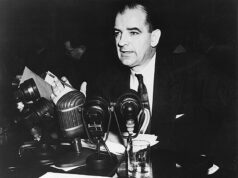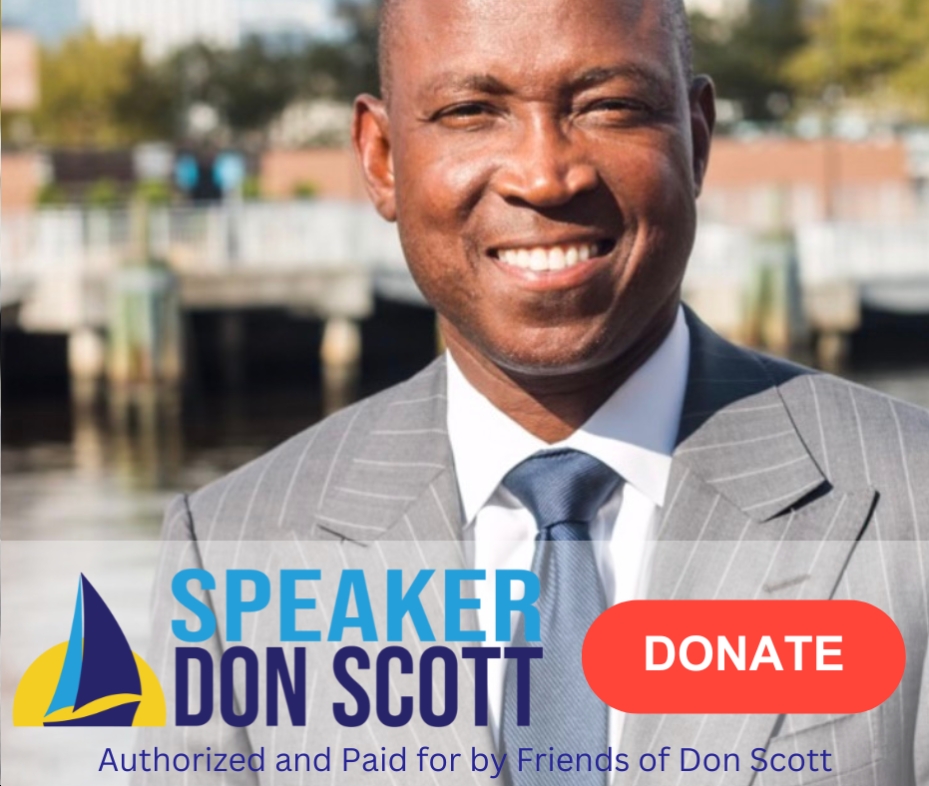Over this weekend, I wrote to both of the two people I know who follow politics most closely, and whose opinions I respect. I asked them, “Does it concern you that the presidential race has tightened over the past two or three weeks?”
My question, of course, was a reflection of my own concern: I’ve become less comfortable, less upbeat, as Hillary’s margin in the polls has come down from the 7-8% level to the 4-5% level, and as the futures markets have shown a reduction in the probability of her victory from up toward 80% down toward 70%.
Each of my knowledgeable friends wrote back to say that yes, they were concerned.
It will be reassuring to me if the margin clearly stabilizes or, better yet, widens once again. But I believe that the explanation of the recent narrowing is in itself pretty reassuring.
This is how I think this tightening of the race is best understood.
That peak in the margin and in the probabilities should not be taken as the benchmark, because that moment was an anomaly.
In the two months before the conventions, the state of the race was pretty stable. Clinton stayed pretty close to a 2:1 favorite to defeat Trump. (E.g., on a typical day — July 9 — it was Clinton 67% and Trump 33%.) Very briefly, in the immediate aftermath of the Republican convention, Trump’s probability of victory moved up to a bit more than half of Clinton’s, but in general the picture was consistent.
And that favorable picture was less favorable than what it is now — which is 70% to 31% — for a Clinton victory.
What made the time in early August an anomlay — when at the peak, on August 9, the gap had Clinton at 77% and Trump at 23% — was the confluence of two factors. One obvious factor was Clinton’s post-convention bounce. History shows that happens generally, and this particular Democratic convention was especially powerful.
More important, I believe, was that this was a time when Trump’s behavior was even more than usually repugnant and bizarre in the eyes of an even larger segment of the public.
This was when Trump could not stop going after the judge with the Mexican heritage. (Aside from the bigotry inherent in Trump’s complaints, this episode also raised the telling question, What does it mean that the nominee for president of a major party insists on focusing so much attention on a wholly private legal case?)
Even more destructive to Trump was his insistence on maintaining a feud with a Gold Star family, with Trump striking back — seemingly compulsively — against those who’d presented a powerful critique of him at the Democratic National Convention. Trump’s behavior here was clearly self-destructive — continually calling attention to that effective attack against him and repeatedly turning almost everyone off with his lame counter-attacks against a couple who’d lost a heroic son in an American war.
It seemed that he couldn’t stop. It seemed that he could not govern his conduct in order to achieve his goals.
So what happened then was that, in the immediate impact of that ugly Trump display, several percent of the American electorate rejected him and moved to Hillary.
Then, apparently with the arrival of Kellyanne Conway to take over as Trump’s campaign manager, Trump started being able to curb — more of the time — some of his more politically self-destructive impulses. (His immigration rant last week in Phoenix shows that those impulses remain, and still express themselves on occasion, but for now at least they have stopped dictating his predominant message.)
Trump’s managing to keep the beast in a cage more of the time has understandably moved both the poll numbers and the predicted probabilities.
The predicted probabilities have moved because –until Trump became more disciplined — it was not clear whether or not Trump would continue to self-destruct in that same way all the way up to the Election. Now, with that question having been answered, his defeat quite understandably seems less certain than it was when he seemed more a man possessed.
The polls move because people have short memories or, to put it another way, they tend to respond to what they are seeing right now and to disregard evidence that is no longer on display. The several percent who had previously preferred Trump, but then got turned off, started coming back to their original position. Whatever were their original reasons for supporting Trump were now not countered by the emotional impact of a daily disgusting Trump display.
The gap thus narrowed back toward where it had been. But nonetheless, at this writing, that gap remains above the 2:1 ratio that had been the status quo ante.
It was that stunningly bad couple of weeks for Trump, according to this analysis, that created an especially bad set of numbers for him. The narrowing of the race, in this view, represents no major deterioration but merely a reversion toward the original state of play in these times of extreme partisan division.
Trump seems to be guaranteed something like 40% of the electorate. It does not seem that he is gaining new converts. And so long as the race is just about how many Republicans he alienates — and not about how many new supporters he attracts — the present narrowing of the race does not seem threatening.
If I’m right.
But who can be comfortable with any degree of uncertainty with something like a Trump Presidency at stake?


 Sign up for the Blue Virginia weekly newsletter
Sign up for the Blue Virginia weekly newsletter![“Skilled” at Breaking the Law: “This latest attempt to sidestep any regulations or oversight shows [that ‘skill’ game developers] have no interest in acting responsibly or in good faith.”](https://bluevirginia.us/wp-content/uploads/2024/10/krizekskilled-238x178.jpg)
![Kamala Harris for Virginia 2024 Director Jake Rubenstein: “This [Donald Trump] is the man @GlennYoungkin sold his soul to”](https://bluevirginia.us/wp-content/uploads/2024/08/jakesoldsoul-238x178.jpg)






